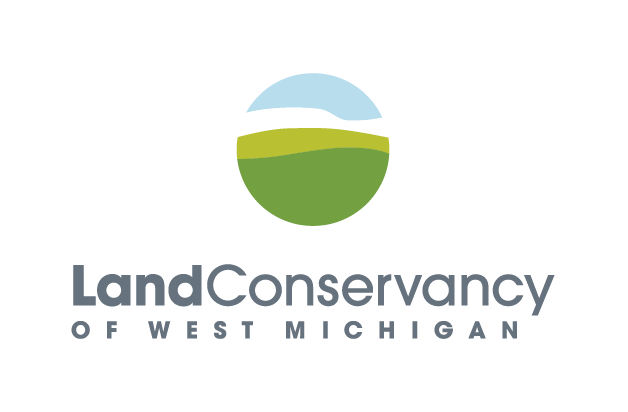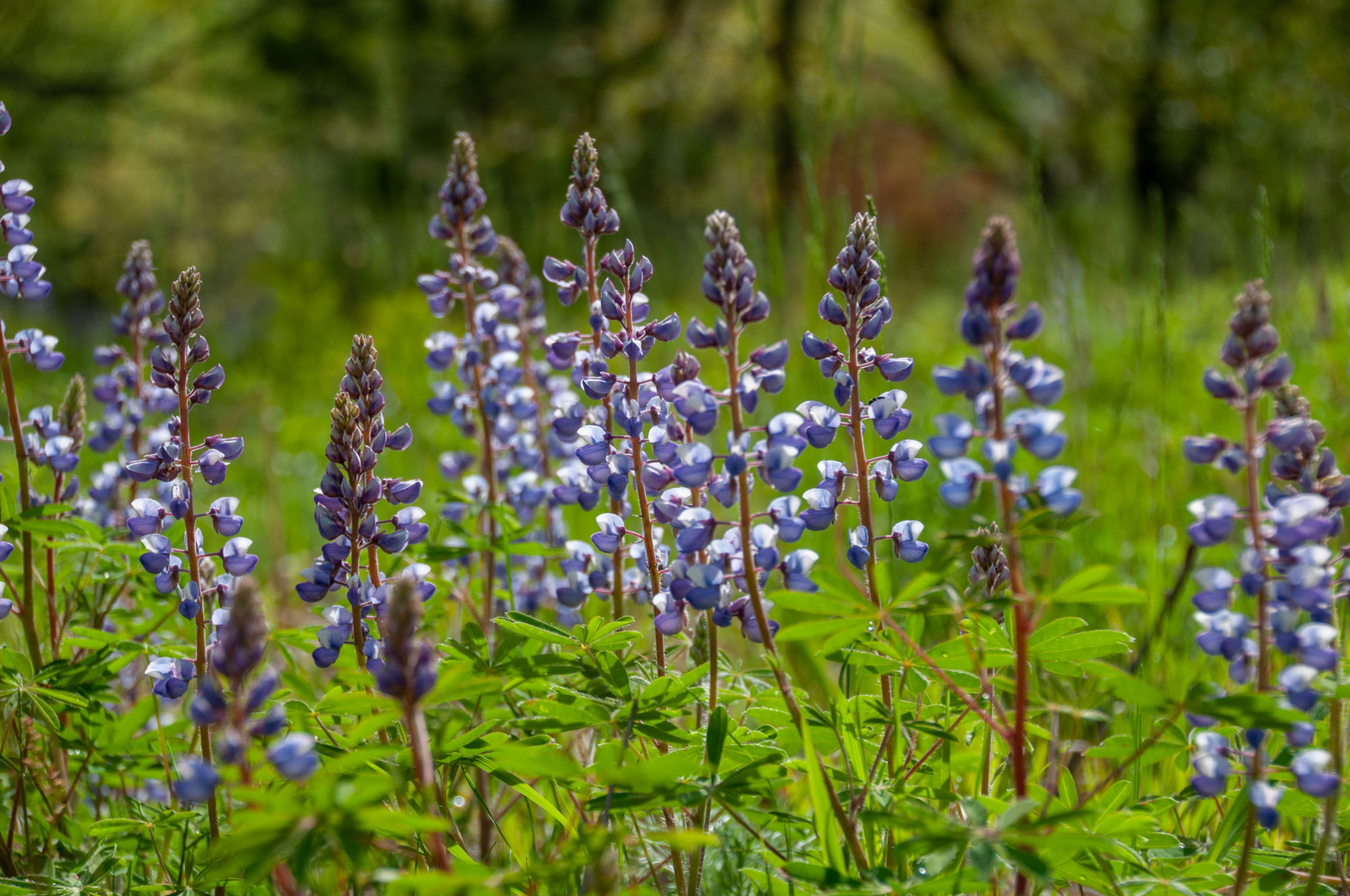
Overcoming Oak Wilt
A Wege Forest Recovery
On an unseasonably warm afternoon last February, I took a walk through the woods at the Wege Natural Area. Sunshine streamed through bare limbs as the underfoot crunch of old snow gave way to the swish of last year’s leaves on the forest floor. But when I stopped in a big grove of oaks overlooking the creek, I noticed something strange – there weren’t any oak leaves on the ground. I looked up, thinking that maybe the leaves were just late to drop. No leaves there either.
And then I noticed some of the bark was starting to peel from the trees’ upper limbs, and that a few of the trees around me were dead altogether. Walking around the area, I noticed some more dead trees, then a few more, and quickly realized that nearly all the oaks in the entire stand were either stone dead, or well on their way out.
After returning to the site with forest health experts from the Kent Conservation District and the Michigan DNR, it was confirmed: oak wilt had claimed the lives almost all the red and black oaks across this section of woods.

What’s Oak Wilt?
Oak wilt is a disease caused by the non-native fungus Ceratocystis fagacearum, and is lethal to oak trees. Oak species in the red oak group (oaks with pointy-tipped leaves) are especially susceptible to oak wilt, though trees in the white oak group (oaks with rounded-lobed leaves) can be affected as well. Oak wilt kills trees quickly – often within a month or two of infection.
A tree becomes infected with oak wilt when the spores of the fungus reach an open wound, like a freshly-cut branch or a storm-damaged limb. The fungus reaches wounded oaks by catching a free ride from sap-feeding beetles, which unwittingly transmit fungal spores as they fly from tree to tree in search of fresh sap.
What makes oak wilt especially devastating is that it doesn’t just affect individual trees. Once a tree is infected, the disease can spread through the tree’s root system to nearby oaks through underground connections called root grafts. If left unchecked, oak wilt can sweep through an entire forest, killing most of the oaks in a few short years.
What Can We Do?
Stopping oak wilt requires cutting down all the infected trees on a site – including nearby trees that look healthy, but may carry the fungus in their root systems. Which of these “healthy” trees need to be removed is determined by a formula that accounts for the size of the tree, the distance to the nearest symptomatic tree, and the type of soil in the area. At the Wege Natural Area, that means removing about 25 total trees across a one-acre area – work that will be done this fall.
But just cutting down the trees doesn’t fix the problem – the fungus is still alive and well in the root systems, where it continues to spread. To prevent that, heavy equipment is usually brought in to cut a deep trench around the affected area, severing all root connections between infected trees and healthy trees nearby. For several reasons, we tried a different approach at Wege. Instead of trenching, we applied an herbicide to the cut stumps of the trees along the edge of the affected area, effectively creating a ring of dead roots that performs the same function as a trench. This tactic is somewhat experimental, so we’ll closely monitor the area in the coming years to make sure it was effective.
Dealing with an oak wilt infestation is time-consuming and expensive, and as with many ailments, prevention is the best medicine. The best way to prevent oak wilt is to avoid cutting oaks during the growing season (April to October) when the beetles and spores are most active. If an oak must be pruned or is damaged in that timeframe, seal the wound immediately with latex paint. If you suspect you have oak wilt on your property – or notice it elsewhere – contact the Michigan DNR by following the instructions here.
 The Silver Lining
The Silver Lining
As devastating as oak wilt can be, all is not lost. Wood infected with oak wilt is still usable as lumber – as long as it’s handled correctly to make sure the disease doesn’t spread. So rather than have the wood go to waste, we’ve contracted with a logging company to harvest the timber. What’s more, we’re using the opportunity of having logging equipment onsite to selectively remove non-native pine and overabundant red maple in other areas of the preserve this fall. That much-needed thinning will allow more light to reach the forest floor, helping new trees establish and improving forest health. Proceeds from the timber sale will feed back into the restoration of the oak wilt site and other areas of the forest.
Following the harvest, the oak wilt area – and other forest openings created by the timber harvest – will be planted with a mix of native oak savanna grasses and wildflowers, re-establishing habitat that has been absent from the preserve for many years. Eventually, the open, grassy areas will blend with the closed-canopy sections of the woods, creating a patchwork of savanna and forest that supports a much richer diversity of plants, habitats, and wildlife than is present at the Wege Natural Area today. Restoring a forest is a long-term project, but the benefits will be enjoyed for generations to come.




